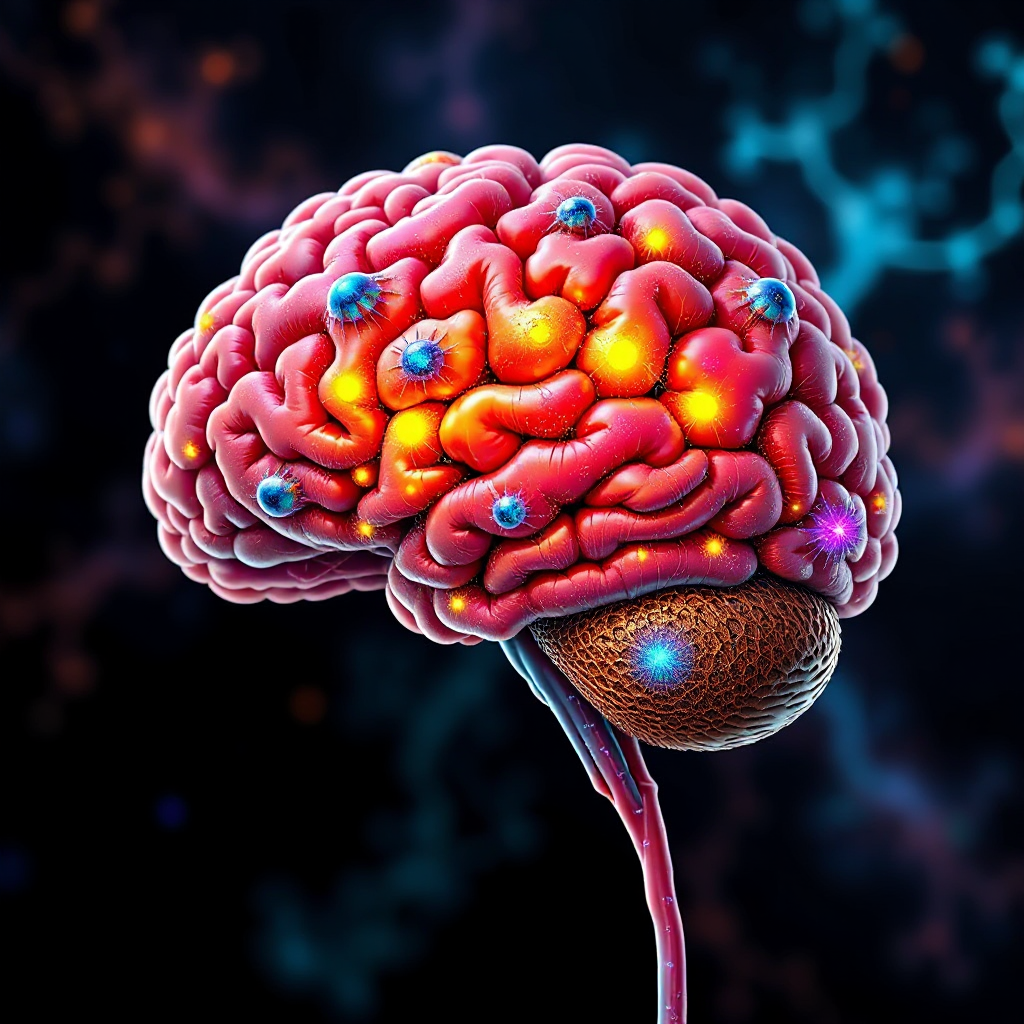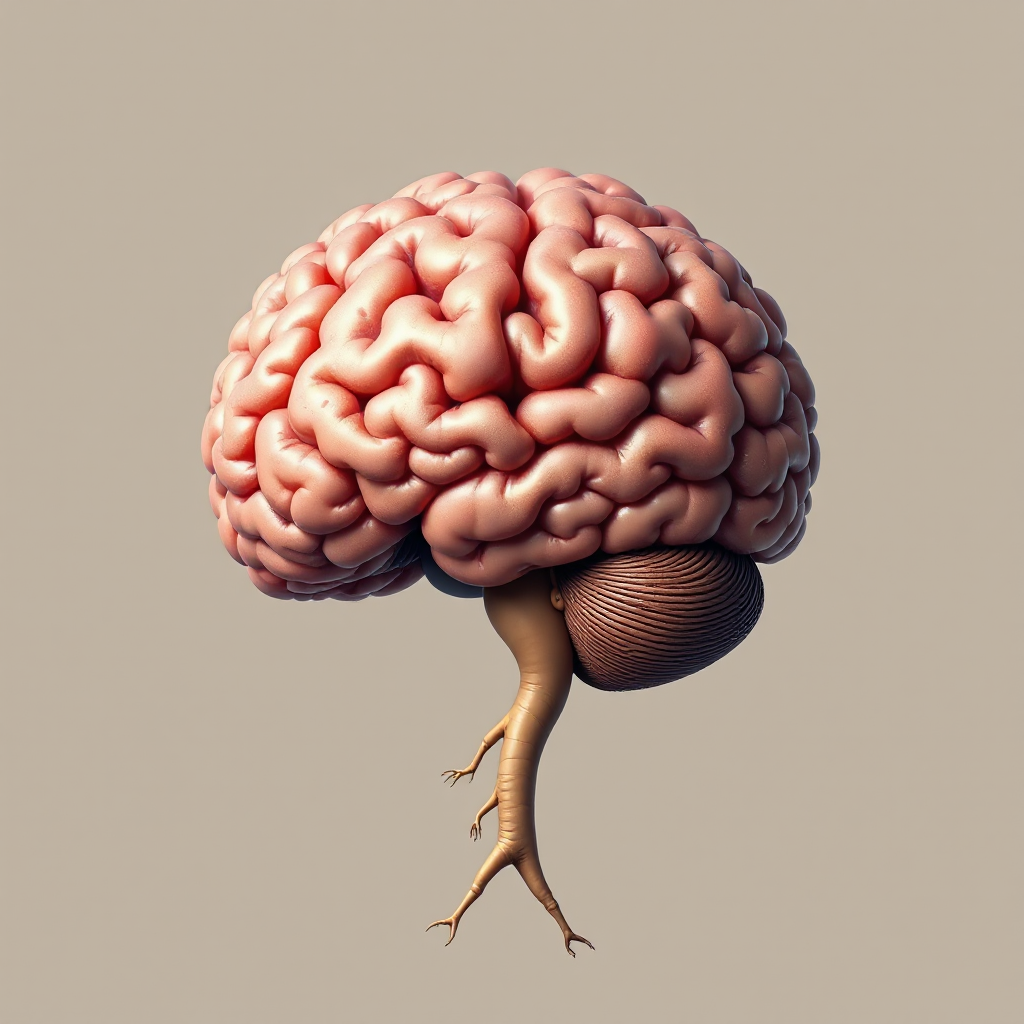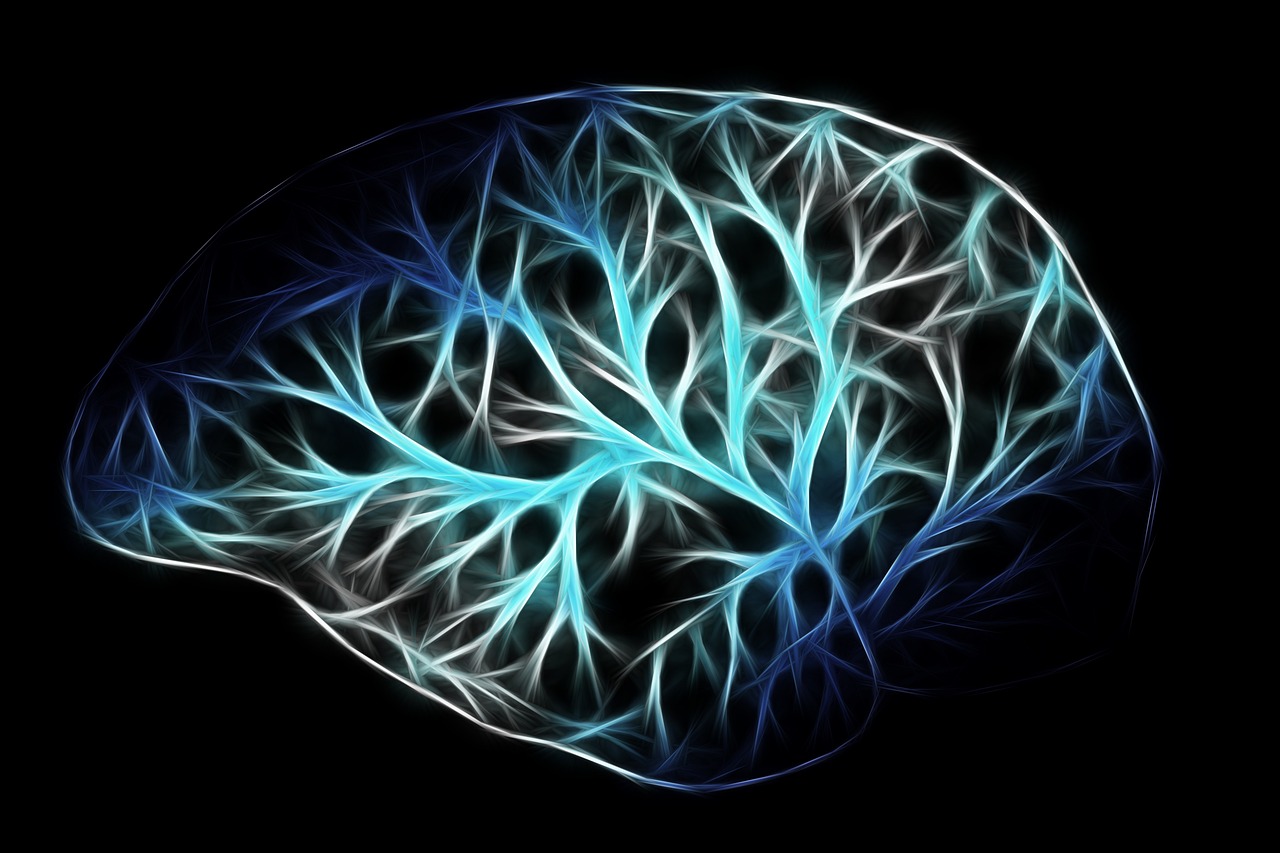Astrocytoma Explained and Its Different Types

Astrocytoma is a type of brain tumor that develops from astrocytes, which are star-shaped cells in your brain and spinal cord. These cells play a vital role in supporting and protecting nerve cells. When astrocytes grow abnormally, they can form tumors that disrupt normal brain or spinal cord function. This condition is one of the most common types of gliomas, a group of tumors that arise from glial cells. Its effects can range from mild symptoms to severe neurological issues, depending on the tumor's size and location.
Key Takeaways
Astrocytoma is a brain tumor that starts in star-shaped cells. These cells are called astrocytes. The tumor can affect how the brain works and can be mild or severe.
Finding astrocytoma early is very important. Early discovery can help treatments work better and improve survival, especially for less severe tumors.
There are several types of astrocytomas. They range from slow-growing pilocytic astrocytomas to fast-growing glioblastomas. Each type is different and needs specific treatments.
Surgery is usually the first way to treat astrocytomas. Removing the whole tumor can help people live longer.
Scientists are studying new treatments like targeted therapies and immunotherapy. These could help astrocytoma patients have better results in the future.
What Is Astrocytoma?

Causes of Astrocytoma
Astrocytoma develops when astrocytes, the star-shaped cells in your brain and spinal cord, grow abnormally. While the exact cause remains unclear, several factors may increase your risk. These include genetic mutations, family history of brain tumors, and exposure to certain environmental elements.
Description | |
|---|---|
Ionizing Radiation | Exposure linked to delayed onset, particularly in those treated with radiotherapy to the head/neck. |
Warfare Chemicals | Suspected link to Agent Orange exposure in veterans, though unproven. |
Cellular Phones | No data supporting a causative risk despite suspicions regarding heavy use. |
Understanding these factors can help you assess your risk and take preventive measures where possible.
Symptoms of Astrocytoma
Astrocytomas can cause a variety of symptoms depending on their size and location. Common symptoms include:
Headaches
Seizures
Nausea and vomiting
Personality changes
Problems speaking
Weakness or fatigue
If the tumor affects the spinal cord, you might experience pain in the affected area, worsening at night, or weakness in your arms and legs. These symptoms overlap with other brain conditions, so it’s essential to consult a doctor if you notice any of them.
Importance of Early Detection
Detecting astrocytoma early can significantly improve your chances of successful treatment. For example, grade I astrocytomas have a 10-year survival rate close to 100% after complete removal. Grade II astrocytomas also show promising outcomes, with a 5-year survival rate ranging from 58% to 72%. Early diagnosis allows doctors to plan effective treatments before the tumor progresses to more aggressive stages.
Early detection not only improves survival rates but also enhances your quality of life by reducing the risk of severe neurological damage.
Types of Astrocytoma

Pilocytic Astrocytoma (Grade I)
Characteristics
Pilocytic astrocytoma is a low-grade tumor that grows slowly and rarely spreads to other parts of the brain or spinal cord. It primarily affects children and young adults. This type of astrocytoma often forms in areas like the cerebellum, which controls balance and coordination.
Pilocytic astrocytomas primarily affect pediatric patients.
Survival rates decrease with age, dropping to 70% by the age of 40.
Prognosis and Treatment
Pilocytic astrocytomas have an excellent prognosis, especially when detected early. Surgery is the primary treatment option. Complete removal of the tumor often leads to a full recovery. In cases where the tumor cannot be entirely removed, additional treatments like radiation therapy may be necessary.
Early diagnosis and treatment significantly improve outcomes, especially in younger patients.
Diffuse Astrocytoma (Grade II)
Characteristics
Diffuse astrocytoma is a slow-growing tumor with ill-defined boundaries. It arises from astrocytes, the supportive cells in your nervous system. This tumor often infiltrates nearby healthy tissue, making complete surgical removal challenging.
Diffuse astrocytomas grow slowly but can progress to higher-grade tumors.
They tend to recur even after treatment.
Complete surgical removal offers the best chance for long-term survival.
Prognosis and Treatment
The prognosis for diffuse astrocytoma is better than for higher-grade tumors. Surgery remains the most effective treatment. However, due to the tumor's infiltrative nature, additional therapies like radiation or chemotherapy may be required. Regular monitoring is essential to detect any signs of progression.
Anaplastic Astrocytoma (Grade III)
Characteristics
Anaplastic astrocytoma is a high-grade tumor that grows more aggressively than lower-grade astrocytomas. It often shows genetic markers like the IDH1 mutation, which affects energy production in cells. Another common feature is MGMT silencing, which makes the tumor more responsive to chemotherapy.
This tumor grows rapidly and invades surrounding tissues.
It is more common in adults than in children.
Genetic markers like IDH1 mutation and MGMT silencing influence treatment outcomes.
Prognosis and Treatment
The prognosis for anaplastic astrocytoma depends on factors like age, overall health, and genetic markers. Treatment typically involves a combination of surgery, radiation therapy, and chemotherapy. Emerging therapies and clinical trials offer hope for improved outcomes.
Advances in genetic research are helping doctors develop more targeted treatments for this aggressive tumor.
Glioblastoma (Grade IV)
Characteristics
Glioblastoma, also known as GBM, is the most aggressive and malignant form of astrocytoma. It accounts for about 60% of all astrocytoma cases. This tumor grows rapidly and invades nearby brain tissue, making it extremely challenging to treat.
Some defining features of glioblastoma include:
Abnormal cells that divide uncontrollably.
Tissue necrosis, where parts of the tumor die due to lack of blood supply.
Formation of new blood vessels to support its growth.
Pronounced brain invasion and rapid progression.
Glioblastoma can develop in two ways. It may arise de novo, meaning it forms directly as a Grade IV tumor, or it may evolve from lower-grade astrocytomas. Younger patients are more likely to experience the latter. Without treatment, this tumor can lead to death within six months. Its location in the brain, resistance to therapy, and the migration of malignant cells make it one of the most difficult cancers to manage.
Prognosis and Treatment
The prognosis for glioblastoma remains poor despite advancements in treatment. With no intervention, the average life expectancy is only four months. However, with treatment, patients typically live for 12 to 15 months. Recent studies have shown a median overall survival of 12.7 months, which is only a slight improvement compared to earlier findings.
Treatment usually involves a combination of surgery, radiation therapy, and chemotherapy. Surgery aims to remove as much of the tumor as possible, but complete removal is often impossible due to its invasive nature. Radiation and chemotherapy help slow the tumor's growth and manage symptoms. Emerging therapies, including immunotherapy and targeted treatments, offer hope for better outcomes in the future.
Glioblastoma is a challenging diagnosis, but ongoing research continues to explore new ways to improve survival and quality of life for patients.
Diagnosis and Treatment of Astrocytoma
Diagnosis Methods
Imaging Techniques (MRI, CT scans)
Doctors rely on imaging techniques to diagnose astrocytomas accurately. Magnetic Resonance Imaging (MRI) is the most commonly used method. It provides detailed images of the brain before and after contrast dye injection. Tumors with contrast enhancement often indicate higher-grade astrocytomas, while low-grade tumors show minimal enhancement.
Imaging Technique | Description | Accuracy/Notes |
|---|---|---|
Conventional MRI | Most important imaging study for astrocytomas. Images taken before and after IV contrast. | Tumor contrast enhancement indicates higher grade astrocytoma. Low-grade tumors show little enhancement. |
MRI Spectroscopy (MRS) | Provides chemical composition of the tumor. Non-invasive tissue sampling. | Not as accurate as a standard biopsy; useful for distinguishing normal brain from tumor. |
Functional MRI (fMRI) | Visualizes brain activation during tasks. Important for surgical planning. | Helps identify critical brain areas near tumors, enhancing surgical outcomes. |
These imaging techniques help doctors assess the tumor's grade and location, which are crucial for planning treatment.
Biopsy and Pathology
A biopsy confirms the diagnosis by analyzing tumor tissue under a microscope. Doctors may perform a stereotactic biopsy, which uses imaging to guide the needle to the tumor. Pathologists examine the sample to determine the tumor's grade and genetic markers, such as IDH1 mutations. This information helps tailor your treatment plan.
Treatment Options
Surgery
Surgery is often the first step in treating astrocytomas. For grade I tumors, complete removal can lead to a recurrence rate of less than 5% and a 10-year survival rate close to 100%. Grade II tumors also benefit from surgery, with a 5-year survival rate ranging from 58% to 72%. Removing as much of the tumor as possible improves outcomes, especially for low-grade astrocytomas.
Radiation Therapy
Radiation therapy uses high-energy beams to target and destroy tumor cells. It is often used after surgery to kill remaining cancer cells or when surgery is not an option. This treatment helps slow tumor growth and manage symptoms.
Chemotherapy
Chemotherapy involves drugs that kill or slow the growth of cancer cells. Temozolomide (TMZ) is the most commonly used drug for astrocytomas, particularly glioblastomas. It has shown effectiveness in prolonging survival. Bevacizumab (Avastin) reduces tumor swelling and improves symptoms but does not significantly extend survival.
Drug Name | Effectiveness |
|---|---|
Temozolomide (TMZ) | Commonly used for treating astrocytomas, particularly glioblastomas, and has shown effectiveness in prolonging survival. |
Bevacizumab (Avastin) | Effective in reducing tumor swelling and improving symptoms but does not significantly prolong survival. |
Emerging Treatments and Clinical Trials
Emerging treatments offer hope for improving survival rates. Clinical trials are exploring new therapies, including:
SurVaxM combined with temozolomide for newly diagnosed glioblastoma.
Selumetinib for treating recurrent low-grade gliomas in young patients.
Temozolomide with Veliparib to evaluate its effectiveness compared to temozolomide alone.
These advancements aim to provide more effective and personalized treatment options for astrocytoma patients.
Astrocytoma, a tumor originating from astrocytes, varies in severity based on its grade. From the slow-growing pilocytic astrocytoma to the aggressive glioblastoma, each type presents unique challenges. Early detection plays a crucial role in improving survival rates and preserving your quality of life. For example:
Complete surgical removal often leads to better outcomes.
Younger patients tend to recover more effectively.
Tumor Grade | Survival Rate | Age at Surgery | Condition Post-Surgery |
|---|---|---|---|
Grade III & IV | 7 to 38 years | Good, no recurrence |
Ongoing research offers hope. Scientists are exploring targeted therapies, immunotherapy, and virus-based treatments to improve outcomes. These advancements aim to provide personalized care and better survival rates. With continued progress, you can look forward to more effective treatments and enhanced quality of life.
The future of astrocytoma treatment is promising, driven by innovation and a commitment to improving patient outcomes.
FAQ
What is the difference between low-grade and high-grade astrocytomas?
Low-grade astrocytomas grow slowly and often have better treatment outcomes. High-grade astrocytomas, like glioblastomas, grow rapidly and invade nearby tissues. These require more aggressive treatments.
Can astrocytomas be cured?
Cure depends on the tumor's grade and location. Grade I astrocytomas often have excellent outcomes after surgery. Higher-grade tumors, like glioblastomas, are harder to cure but treatments can extend survival and improve quality of life.
Are astrocytomas hereditary?
Most astrocytomas are not hereditary. However, certain genetic conditions, like Li-Fraumeni syndrome, may increase your risk. Discuss your family history with a doctor if you're concerned.
How long does recovery take after astrocytoma surgery?
Recovery time varies. For low-grade tumors, you may recover within weeks. High-grade tumors often require additional treatments, which can extend recovery time. Your doctor will guide you based on your specific case.
What lifestyle changes can help after treatment?
Focus on a healthy diet, regular exercise, and stress management. Follow your doctor’s advice for follow-up care. Support groups can also help you cope emotionally and stay motivated.
Tip: Always consult your healthcare provider before making significant lifestyle changes.
See Also
An In-Depth Overview of Various Cancer Types
Understanding Angiosarcoma: Key Facts and Insights
Simplifying Acute Biphenotypic Leukemia for Better Understanding
